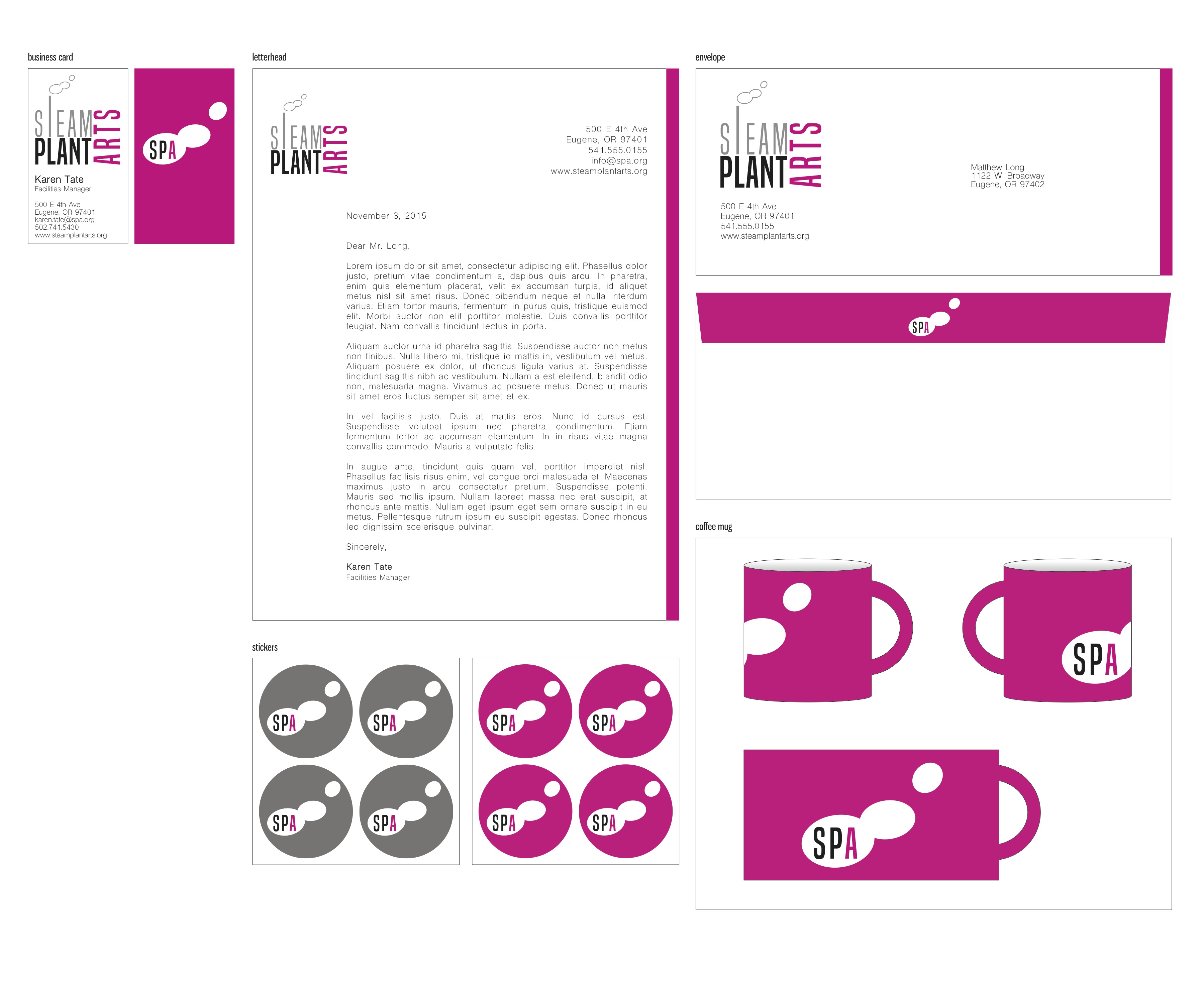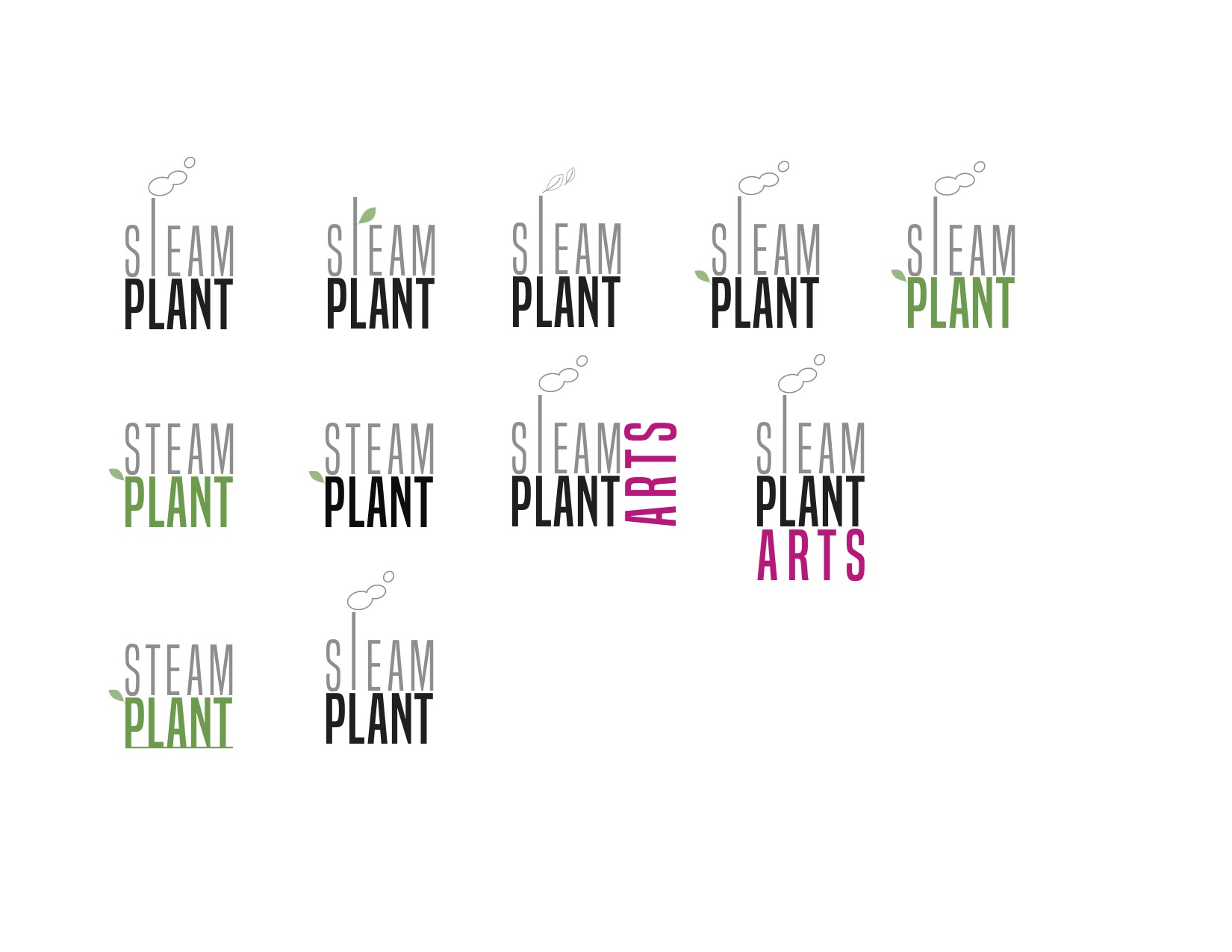Marketing, Media + Communication I: Case Study Analysis
Marketing, Media + Communication I: Personal Learning Environment
For my personal learning environment, I chose to represent my needs and methods of learning through the use of infographics. Architecture school taught me how to rigorously organize, represent, and relate diagrammatic elements to one another, and I thought this assignment would be a good opportunity to do so and also have some fun. My learning has also emphasized the use of technology and graphic tools which is why I chose to produce my PLE in a digital environment rather than an analog environment. Each infographic is color-coded to represent a learning or entertainment category. The majority are educational or design software programs such as Adobe Illustrator, Photoshop, InDesign, Microsoft Word, and Google Docs, or social media platforms such as Facebook, Instagram, and Twitter.
Assignments and projects both in my past and present rely heavily on the use of digital tools, so I wanted to divide my PLE into 3 main categories classified by method of use. I mainly utilize my MacBook, my iPhone, and the television to gather and produce information and to entertain myself. When I am working on a project or an assignment I am very much in my own head, which is why I positioned the “user” at the center of the graphic. I added a “necessities” category in very close proximity to the user because I almost always need 3 things to be productive and focus. These are caffeine, music, and headphones.
The further away from the center of the infographic, the less common the software or app is used. I also represented this through size of the infographic itself. Learning is done on my computer the most often, which is why it posses 3 tiers of related categories, while my phone possesses 2 tiers, most of which are social media or audio applications. The 2 of these methods are connected by a solid arc, indicating the overlapping use of these items. The television has mostly been used for entertainment purposes during all-nighters when I am desperate for any active source to keep me awake while working, but this is not as common anymore. I also decided to include Harry Potter under the television category because it is the best and most frequent source of entertainment if I am working on an assignment or project. These movies subliminally make me happy but I can also tune it out at the same time since I’ve seen them 100+ times.
I decided to include a stray category deemed “rewards” connected by a dashed line, indicating that this is not a direct means of learning but rather a subconscious group of thoughts. I am used to counting down the hours until I have time to sleep, eat, or drink a celebratory beer, so these items are always in the back of my mind while I am working. I am frequently so focused on a project that I mentally require myself to finish a certain portion before I make dinner, and then I can take a break while I eat. I have always worked best in spurts and segments of high, concentrated energy, followed by a period of relaxation (usually involving food), and then I go back to working intensely.
Architecture school heavily influenced my learning environment since everything is very individualistic and rigorous. I developed a need for music and headphones in order to help myself tune out any possible surrounding movement or noise while sitting in a studio or lab of 10-15 other people, and a desperate need for caffeine while working for 24+ hours at a time. My personal learning environment has evolved slightly upon changing schools and majors but is still deeply rooted in my traditions of architecture school. I would be interested to compare and contrast my personal learning environment at this moment versus after my completion of graduate school because I imagine it will be more open and inclusive of others through group work, collaboration, and varied assignment types.
Marketing, Media + Communication I: Display Ad
Marketing, Media + Communication I: Final Collateral
Art in Society Module 2 Essay: Creative Placemaking
Creative Placemaking: Politics and Practices
[embeddoc url=”https://blogs.uoregon.edu/ktate/files/2015/10/Module-2-Paper-1-15su5v2.pdf” download=”all” viewer=”google”]
Marketing, Media + Communication I: Logo Design
Art in Society: Learning Objectives
- Further my understanding of art culture through sociological and economic perspectives
- Expand my comprehension of what is considered “art” and “participation” and how these intersect and influence each other
- Grasp the concept of transmedia and how it can positively affect and enhance the arts
- Identify and analyze trends of the arts over time and how these can develop in the future
- Investigate how arts administrators insert themselves into the art world and how they can stimulate progress
Art in Society Field Guide Subject: 3D Printing + Fashion
3D Printing + Fashion
When I was first introduced to the idea and options of 3D printing, I was entering my first year of undergraduate architecture school 4 years ago. 3D printing seemed to be a daunting, time-consuming task for the more advanced students whose projects were so technologically complex they could only be physically represented through a 3D print. Currently 3D printers have become so common in that elementary and middle school students can access this technology at school and output any object that they desire. The most interesting aspect of advanced 3D print technology to me is how it has become integrated into the fashion world. For so long 3D printers have only been able to produce small to medium-sized objects that were only meant for viewing. Now, we can literally fuse humans and 3D printing through fashion.
I want to represent the stages of 3D printing in fashion, from the beginnings as accessories such as bracelets and bags, to full length gowns. Because while 3D printing has only been around in the fashion industry for a few years, the advances in possibilities technology-wise and fashion-wise have increased exponentially. The possibility of creating any type of shoe or bag desired at home is becoming a reality for consumers and designers alike.
The fashion industry is utilizing 3D printing mostly in the high-end, conceptual and couture world. Designers such as Iris van Herpen have been at the forefront of carving this path, but architects and product designers have begun dipping into this world to create their own wearable 3D printed pieces. I want to compare and contrast the types of individuals who are participating in this art form, and discuss the advantages, if any, of being an architectural designer in 3D fashion versus a traditional fashion designer. Although, anyone who is attempting 3D printed fashion at the moment is likely not “traditional” in any sense.
I also want to explore the advantages of these emerging alien products. Can 3D printed clothing be more affordable than fabric? After the design is modeled in 3D, all of the work is done by the machine itself. This can produce hundreds of identical wearable pieces, but would this actually provide any monetary advantages? Also, how is craft of fashion itself affected by the abilities of this technology? High-end fashion can take days to finish one piece depending on the complexity of the design, but then again so can a 3D print. Can 3D printing be viewed as an easy way to achieve a complicated design? Or is it considered to be as couture as a hand-sewn gown? I also want to discover how the relationship between a human and a 3D printed garment is different than that of a traditionally constructed piece. I find the duality of 3D printed fashion very interesting in that it can stand on it’s own as an art object but also serve a purpose as clothing.
The specific 3D printed pieces I want to focus on are:
Iris van Herpen: She is a highly conceptual Dutch designer that has been experimenting with 3D printing and fashion for 5 years. She has produced a wide array of designs, but I specifically want to focus on her SS 16 show at Paris Fashion Week in which she 3D printed a dress live on the runway.
Francis Bitoni Studio: This is an architecture firm that explores innovative processes with technology. Their most notable work is a black, 3D printed dress they created for Dita von Teese. He has now 3D printed an entire jewelry line.
Project Runway: The fashion design show just recently released an episode in which the designers had to use 3D printing in conjunction with fabric to create an avant-garde look. Before this episode aired, a designer from season 12 incorporated 3D printed accessories for his New York Fashion Week final collection. He has an architectural background and is also deaf, which heightens his other senses and inspires him to play with 3D printing and clothing.
Danit Peleg: A recent fashion school graduate from Shenkar in Israel. She 3D printed her entire graduate collection from home. Her contributions to the 3D printed fashion world are larger than one single piece like most designers. She also spent months finding the exact right plastic to execute the looks to allow for comfortable wear. She also incorporated the home printing idea, which would be an ultimate goal for fashion lovers and consumers. What if you could buy a file, download it, and print an outfit for your next outing? Awesome.
Adidas: They just released the “Futurecraft” sole, a customizable 3D printed sole. This pulls 3D printing and fashion into a more easily accessible market, different from the other examples. It also puts out the idea of producing a shoe on the spot that fits the customer’s needs. This is also the most utilitarian example. By being an athletic application, 3D printing can have very specific advantages or disadvantages as compared to a more artistic application.





